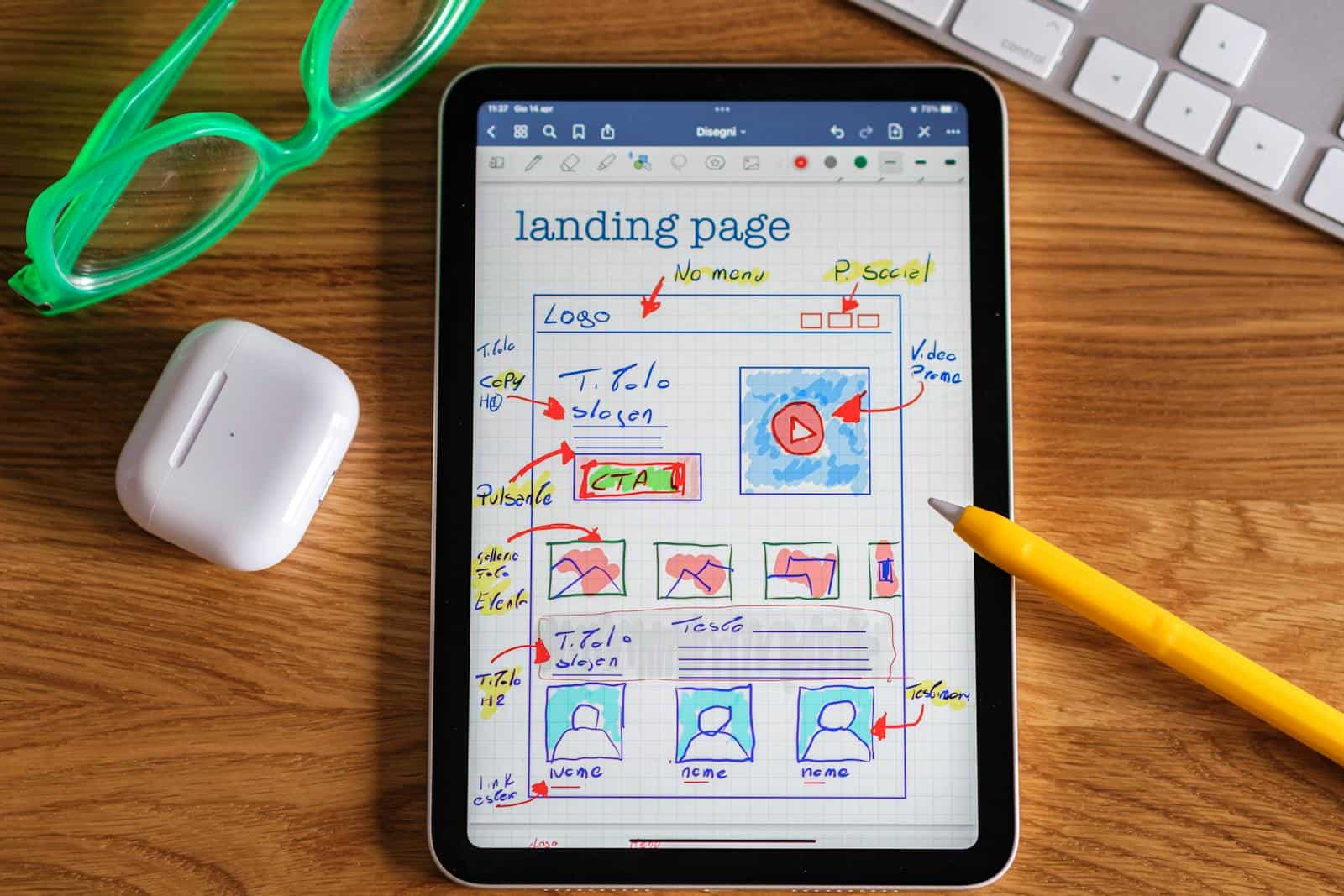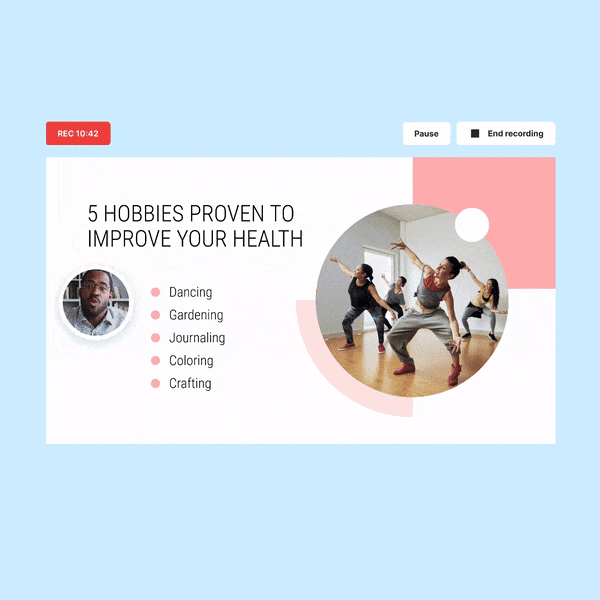Information architecture (IA) is a fundamental aspect of design that focuses on organizing and structuring information in a way that makes it easily accessible and understandable to users. When you think about IA, consider it as the blueprint for a website or application, guiding users through the vast amounts of data available. It involves creating a logical structure that allows users to find what they need quickly and efficiently.
By understanding the principles of IA, you can enhance the usability of your website, ensuring that users have a seamless experience. At its core, information architecture is about clarity and organization.
You may find yourself navigating through a website that feels chaotic, with information scattered haphazardly. This disarray can lead to frustration and confusion, ultimately driving users away.
Conversely, a well-structured IA provides a clear path for users, allowing them to locate information intuitively. By investing time in understanding IA, you can create a more user-friendly environment that fosters engagement and satisfaction.
Key Takeaways
- Information architecture is the structural design of information to facilitate understanding and usability.
- User experience is crucial in information architecture as it directly impacts how users interact with and navigate through information.
- Effective information architecture is guided by principles such as clarity, simplicity, and consistency.
- Organizing and categorizing information involves creating logical and intuitive structures for content.
- Navigation and wayfinding in information architecture focus on helping users easily locate and move through information.
Importance of User Experience in Information Architecture
User experience (UX) is intrinsically linked to information architecture. When you prioritize UX in your IA design, you create an environment where users feel comfortable and confident in their ability to navigate your content. A positive user experience is not just about aesthetics; it encompasses how easily users can find information and complete tasks.
By focusing on UX within your IA, you can significantly enhance the overall effectiveness of your digital products. Moreover, a strong emphasis on user experience can lead to increased user retention and loyalty. When users can effortlessly navigate your site or application, they are more likely to return and recommend it to others.
You may have experienced this firsthand; when you encounter a website that is easy to use and provides the information you need without hassle, you are more inclined to revisit it. By integrating UX principles into your information architecture, you create a compelling reason for users to engage with your content repeatedly.
Principles of Effective Information Architecture
To create effective information architecture, several key principles should guide your design process. First and foremost is the principle of clarity. You want to ensure that users can easily understand the structure of your content.
This means using clear labels for categories and subcategories, as well as providing intuitive pathways for navigation. When users can quickly grasp how your information is organized, they are more likely to engage with it. Another essential principle is consistency.
Consistency in design elements, terminology, and navigation patterns helps users build familiarity with your site or application. When you maintain a consistent approach throughout your IA, users can predict where to find information based on their previous experiences. This predictability fosters confidence and encourages exploration, ultimately leading to a more satisfying user experience.
Organizing and Categorizing Information
Organizing and categorizing information is a critical step in developing effective information architecture. You must consider how users think about and interact with the content you provide. One effective method is to employ card sorting techniques, where users group related items together based on their understanding.
This approach allows you to gain insights into user preferences and mental models, enabling you to create categories that resonate with your audience. Additionally, consider the hierarchy of information when organizing content.
You may want to establish primary categories that encompass broad topics while creating subcategories for more specific content.
This hierarchical structure not only aids in navigation but also helps users understand the relationships between different pieces of information. By thoughtfully organizing and categorizing your content, you create a roadmap that guides users through their journey on your site or application.
Navigation and Wayfinding in Information Architecture
When you design navigation systems, think about how users will move through your content. A well-structured navigation menu should be intuitive and easy to use, allowing users to find what they need without unnecessary clicks or confusion.
Consider employing techniques such as breadcrumb navigation, which provides users with a visual trail of their path through the site, enhancing their sense of orientation. Wayfinding goes hand in hand with navigation, as it involves helping users understand their current location within the information structure. You can achieve this by incorporating visual cues, such as highlighted menu items or contextual information that indicates where users are within the hierarchy.
By prioritizing both navigation and wayfinding in your information architecture, you empower users to explore your content confidently and efficiently.
Testing and Iterating Information Architecture
Testing and iterating your information architecture is vital for ensuring its effectiveness over time. Once you’ve developed an initial structure, it’s essential to gather feedback from real users. Conduct usability testing sessions where participants navigate your site or application while observing their interactions and gathering insights into their experiences.
This feedback will help you identify pain points or areas for improvement within your IA. Iteration is key in this process; based on user feedback, you may need to make adjustments to your categories, navigation systems, or overall structure. Remember that information architecture is not a one-time task but an ongoing process that evolves as user needs change.
By continuously testing and iterating your IA, you can create a dynamic environment that adapts to the ever-evolving landscape of user expectations.
Tools and Resources for Effective Information Architecture
Various tools and resources are available at your disposal. Wireframing tools like Sketch or Figma allow you to create visual representations of your IA before implementation, helping you visualize the structure and flow of information. Additionally, prototyping tools enable you to simulate user interactions, providing valuable insights into how users will navigate through your content.
Furthermore, consider utilizing analytics tools to track user behavior on your site or application. By analyzing data such as page views, click paths, and bounce rates, you can gain insights into how well your IA is performing and identify areas for improvement. Combining these tools with user feedback will empower you to create an effective information architecture that meets the needs of your audience while enhancing their overall experience.
In conclusion, understanding and implementing effective information architecture is crucial for creating user-friendly digital experiences. By prioritizing user experience, adhering to key principles of organization and categorization, designing intuitive navigation systems, ensuring accessibility and inclusivity, testing iteratively, and utilizing appropriate tools, you can develop an IA that not only meets but exceeds user expectations. As you embark on this journey, remember that the ultimate goal is to empower users by providing them with clear pathways to the information they seek while fostering engagement and satisfaction along the way.
FAQs
What is information architecture?
Information architecture is the art and science of organizing and structuring information to help users navigate and find what they need. It involves the design of websites, intranets, online communities, software, and other digital platforms.
Why is information architecture important?
Information architecture is important because it helps users find information quickly and easily. It also improves the user experience, increases usability, and ultimately leads to higher user satisfaction.
What are the key principles of information architecture?
The key principles of information architecture include organization, labeling, navigation, and search. These principles help to create a clear and intuitive structure for information, making it easier for users to find what they need.
What are some common techniques used in information architecture?
Common techniques used in information architecture include card sorting, user research, wireframing, and prototyping. These techniques help information architects understand user needs and behaviors, and design effective information structures.
What are the career opportunities in information architecture?
Career opportunities in information architecture include roles such as information architect, user experience designer, interaction designer, and usability analyst. These roles are often found in web design agencies, software companies, and large organizations with complex digital platforms.




